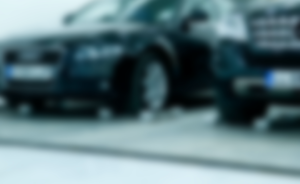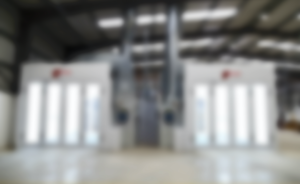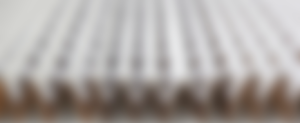How robotics can save a business time and money
Despite a shrinking workforce, industrial manufacturers and aircraft producers have a significant need for faster lead times in order to stay competitive and satisfy operational challenges. They are sometimes pushed to do more with less.
Introducing painting robots into your finishing process will save floor space, boost production, and enhance finish quality, all while allowing workers to move into more beneficial jobs. In the long term, a painting robot can be less expensive, more efficient, and more dependable than a traditional painter, and it can operate around the clock.
Health benefits and saving energy
Because the paint booth’s air flow is recirculated throughout spray operation, volatile organic compounds (VOCs) can be reintroduced, posing a health risk to the painter. As a result, the painter is frequently forced to wear a high degree of personal protection equipment (PPE), but painting robots are not exposed to the health risks that human painters face.
Not only is energy consumption reduced, but capital expenditures are also lowered since the size of the air handling and control equipment is reduced.
Cost savings
Users can improve quality and productivity while lowering capital and operating expenses by using robots. Robotic technology enables applicators to move at speeds much exceeding any manufacturer’s maximum top speed. The high speed/payload arms boost productivity by allowing for a heavier applicator/multiple applicator operations that can spray more paint in the same working space as a hand painter. High arm speeds also mean quicker repositioning to the next component, which means greater spray time.
A painting robot’s edge is that it paints precisely the same way every time, whereas humans are susceptible to painting thicker or thinner as their shift lengthens. Painting robot uniformity leads to a cascade of cost savings: reduced rework and stricter film build tolerance, which leads to less paint and filter consumption, which amounts to smaller exhaust emissions (conditioned air).
Hard to reach spots
Painting robots are perfect for completing complicated objects since they can get to hard-to-reach areas more readily. They’re particularly useful for painting highly curved surfaces, such as those seen on aeroplane parts, which might be difficult to paint by hand.
The object must be static and positioned in the same location every time in order for a painting robot to apply paint precisely to all parts of the component.
Because of the space requirements, a wall-mounted or roof painting robot may be a better solution than a floor-mounted painting robot for enterprises finishing major projects. Floor-mounted spraying robots are the simplest to incorporate into a finishing operation without size constraints, as holes do not need to be drilled in the spray booth’s walls.
Robotics and automation with Junair
Junair’s goal is to maximise our customers’ financial return while maintaining the greatest level of quality. With various robotic spray painting systems, we have assisted countless clients in lowering their energy costs and increasing production and cost-efficiency. Find out more about our Robotic and Automated paint spray systems and our world class spray booths.
Get in touch with us for more information on our latest spraybooth technology by calling us on 01706 363 555, emailing sales@junair.co.uk or filling out our contact form. An expert member of our team will get back to you as soon as possible.
Written by


